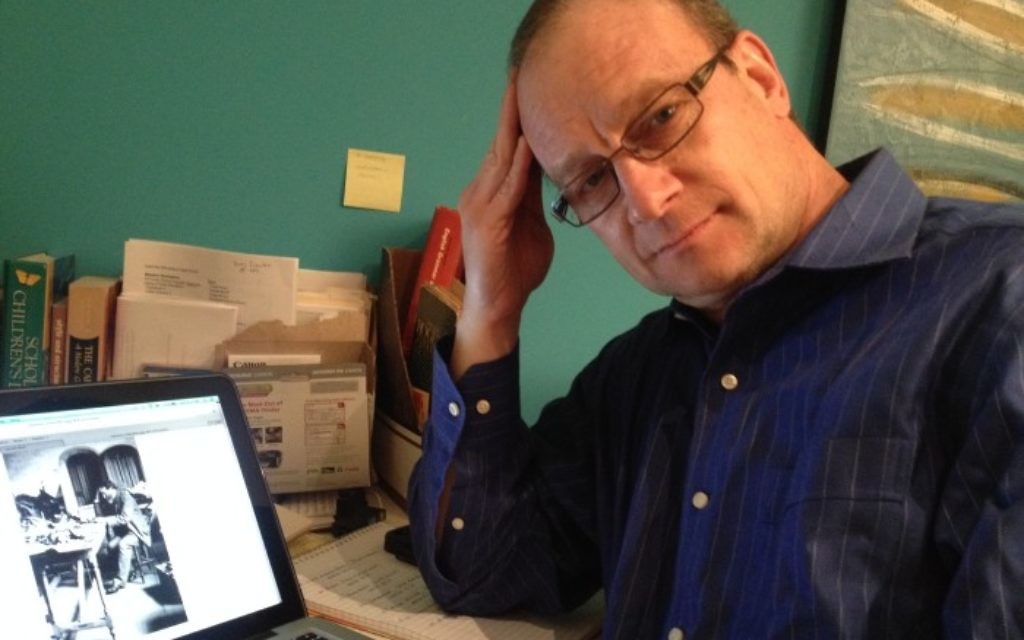Through Shades of Jewish-Catholic History
Mel Brooks extracted irreverent (some might say inappropriate) humor from a dark chapter of Jewish-Catholic relations with a musical tribute to the Spanish Inquisition in the 1981 movie “History of the World Part I.”
Jewish groups complained that the 1972-73 television show “Bridget Loves Bernie” presented a Jewish-Catholic intermarriage in a “cavalier, cute and condoning fashion.” Despite good ratings, CBS canceled the show after one season.
Where the sitcom ignored a painful history in favor of cringe-worthy laughs, the movie exploited that pain to the same end.
Get The AJT Newsletter by email and never miss our top stories Free Sign Up
Christian Scriptures maintain that Pilate washed his hands and left Jesus’ fate in the hands of Jews calling for his execution. For this, Jews were labeled “perfidious” and “rejected” by G-d.
This name-calling led to far worse than sticks and stones that broke bones, including the twisting of Christian theology to give religious justification to the Nazis’ effort to exterminate the Jews of Europe.
The Catholic Church injected a ray of light into this darkness in 1965 with Nostra Aetate (“In Our Time” in Latin), a document that removed the charge of deicide against the Jewish people and rejected anti-Semitism.
The Archdiocese of Atlanta and the American Jewish Committee will jointly celebrate the 50th anniversary of that groundbreaking development Wednesday, Oct. 28, at the Ferst Center for the Arts.
The event will include a choir that blends Jewish students from the Davis Academy and Catholics from the Marist School (the schools’ ongoing relationship involves eighth-graders in dialogue and shared community service projects). Adult choirs from Jewish and Catholic congregations will perform separately and blend their voices for a couple of numbers.
Marist students also participate in Peace by Piece with Jewish students from the Weber School and Muslims from the W.D. Mohammed School. This interfaith project began in 2003 under the auspices of the Faith Alliance of Metro Atlanta. The Weber teens recently hosted their peers for the holiday of Sukkot.
Such interfaith associations might have been unimaginable, if not scandalous, 50 years ago.
Catholics outnumber Jews in Atlanta and Georgia by a roughly 10-to-1 margin, but they, too, are a minority in the state and in decades past felt the sting of bigotry, often from majority Protestants who cast aspersions on their fealty to the pope in Rome.
In May, Temple Emanu-El in Dunwoody hosted nearby All Saints Catholic Church for a get-to-know-the-other program.
Rabbi Scott Colbert recalled that the Catholics were surprised at the degree of sectionalism in Judaism, and the Jews were surprised at the diversity of religious thought among Catholics.
Clearly, there remains much for Jews and Catholics to learn about each other. During several weeks’ research to support an article for the Atlanta Jewish Times about the 50th anniversary of Nostra Aetate, what I learned about the Catholic Church well exceeded what I previously knew yet barely scratched the surface. Archbishop Wilton Gregory and Emory University scholar Cory Labrecque were generous with their time answering my questions.
Jews have long memories. Nothing is forgotten. In Nostra Aetate the church does not apologize for but acknowledges past wrongs. Whatever its faults — and read in a 2015 context, language that was bold in 1965 today feels mild — Nostra Aetate provided, as Archbishop Gregory said, a “reset button” for relations between Catholics and Jews.
Still, any successful attempts at finding humor in Jewish-Catholic history probably can be chalked up as an unanticipated benefit of an atmosphere changed by Nostra Aetate.





comments